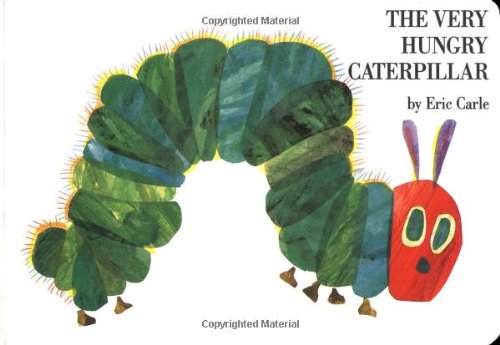Homemade Gak
Last week in Kindergarten we learned about the 5 Senses; you know, sight, hearing, smelling, tasting and touching. When I was going through my senses file and planning for the week, I came across an e-mail of a recipe for Gak that I had from one of my education classes in college. The recipe contained only two ingredients: Elmer's glue and liquid starch. Since I have a giant jug of liquid starch that I bought for a craft last Winter, I thought Gak could be something fun to make in the classroom for my students to explore different textures when learning about the sense of touch.
Last fall, I made Slime with my own children at home using Borax, Elmer's glue and water so I was expecting a similar substance. The Slime was a huge hit in my house and lasted for months. I finally threw it out because my kids started pulling it apart and it was getting tiny green bits everywhere. I'm not sure if it was falling apart because it was getting tough and old, kind of like how playdough gets crumbly as it dries up, or if they were just pulling it into little bits intentionally. Probably the former.
But back to the Gak, we made it at school and my students LOVED it! It was very sticky and messy though so Gak play is restricted to Center Fun time on the small square table in our classroom kitchen, far away from any rugs.
I know what you're thinking, I'm not doing a very good job of selling "making Gak" to you by talking about what a mess it is. I was actually a little nervous myself about making it here at home, but I knew my son and daughter would love it, which I supposed outweighed the potential mess. They don't make Clorox wipes, stain remover, soap and water for nothing right? Plus I thought my son deserved a break from all the coloring, cutting and thinking he did all day in Kindergarten.
So, when we got home from school today, I got out all of the things we needed to make our very own Gak.
The recipe calls for 1 cup (8oz) of Elmer's glue and 1/2 cup of liquid starch. I assembled the liquid starch, two 4 oz bottles of Elmer's glue, a bowl (for mixing the ingredients), a measuring cup, a spoon, and food coloring.
We started by adding the glue to the bowl. My five year old son and two year old daughter both wanted to help and I had two bottles of glue so I let each child put one bottle of glue into the bowl.
Next we added food coloring to make our Gak more fun. My son originally wanted "red and blue" Gak, but then decided that orange would be more "fall-like" so I put 6 drops of red food coloring and 6 drops of yellow food coloring into the glue. Now, I'm all about having the kids help, but I'm not brave enough to put an open dropper of food coloring in either of their hands. I did however, let my son stir the food coloring into the glue to mix the color.
Next, my daughter and I slowly poured the liquid starch into the glue while my son stirred.
I actually put a little more than a 1/2 cup of liquid starch into the measuring cup because when we mixed it in the classroom I had to add a little more liquid starch because the Gak was too sticky. However, I only wound up using about 1/2 cup. As the mixture is being stirred, you can immediately see it starting to form. As you mix, the glue and liquid starch will form a solid mass. If there is any excess liquid leftover after mixing, just discard it. It's really that simple and took us less than 5 minutes to make.
The texture of the Gak is a mixture between Slime and Silly Putty. My son literally played with the Gak for the entire hour it took to get dinner on the table tonight. So it was a huge hit! He did manage to get it all over his shirt, but after soaking his shirt in a sink of lukewarm water for an hour, most of the Gak could be rubbed right out. I would probably recommend a smock or apron and to keep the Gak away from the carpet. My daughter loved it as well and played for a while, but later moved on to some coloring "homework". She managed to keep her shirt clean so as long as your little one isn't flinging the Gak around you should be fine.
Gak Recipe
- 1 cup of Elmer's School Glue
- 1/2 cup of liquid starch
- food coloring
- mixing bowl
- measuring cup
- spoon or other item for stirring
Directions:
1) Put 1 cup of Elmer's School Glue into the mixing bowl.
2) Add and mix food coloring to the glue to reach your desired shade and color.
3) Slowly add liquid starch to the glue while stirring. Stir until mass is formed.
4) Kneed mixture and discard any excess liquid.
5) Play!



















